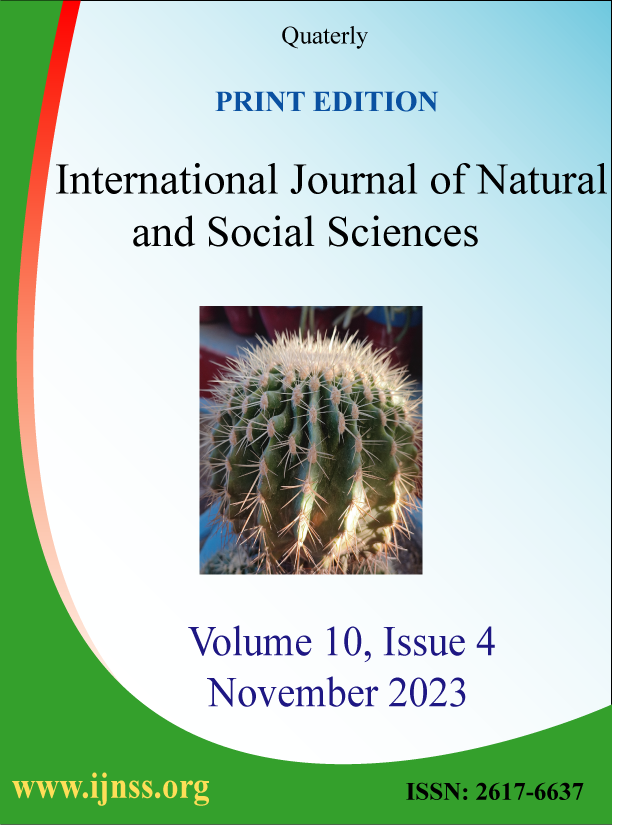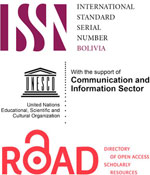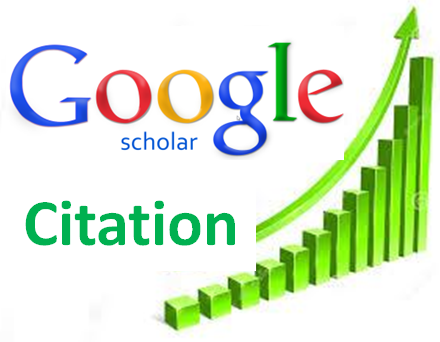Effect of chemicals, bio-agent plants extract and soil amendments in controlling rhizome rot of ginger
Mahmuda Hasnat1![]()
![]() , Rajib Bose2, MA Hossain2, MM Anam3, H Kabir4
, Rajib Bose2, MA Hossain2, MM Anam3, H Kabir4
1Department of Plant Pathology, Sher-e-Bangla Agricultural University, Dhaka, Bangladesh
2Department of Agriculture Extension & Information System, Sher-e-Bangla Agricultural University, Dhaka, Bangladesh
3Sher-e-Bangla Agricultural University, Dhaka, Bangladesh
4Department of Agriculture Extension, MoA, Rajoir, Madaripur, Bangladesh
ABSTRACT Full Text (HTML) (PDF)
The study was carried out to evaluate the efficacy of Bavistin 50WP (T1), Ridomil gold MZ72 (T2), Dithane M-45 (T3), Sulcox (T4), neem leaf extracts (T5), alamonda leaf extracts (T6), poultry waste (T7), saw dust (T8), Trichoderma harzianum (T9) and untreated control for controlling rhizome rot of ginger caused by Fusarium oxysporum. In lab experiment, cup method and disc method were used. In cup method, the highest inhibition (86.33%) was found in case of Bavistin 50 WP followed by Ridomil Gold MZ72, Dithane M-45, Trichoderma harzianum, alamanda leaf extracts, neem leaf extracts and sulcox. In disc method, Bavistin 50WP showed highest inhibition zone (5.53cm) followed by Ridomil Gold MZ-72. Among the botanicals, the effect of neem leaf extract was found better than the alamanda leaf extract. Alamanda leaf extract was made statistically similar inhibition zone with sulcox fungicide and Trichoderma harzianum In in-vivo assay the lowest disease incidence (27.78%) was recorded in case of Ridomil Gold applied plot which was statistically similar with the plots which were applied with poultry waste, Bavistin 50WP, Dithane M- and saw dust at 240 DAP while the highest disease incidence (63.89%) was recorded in untreated control plot. All the treatments effect was found statistically significant in comparison to untreated control plot. The lowest severity (20.28 %) at 240 DAP was recorded in case of Poultry waste followed by Bavistin 50 WP, Ridomil Gold and Dithane M-45. The highest severity (52.33 %) was recorded in untreated control plot. Saw dust, sulcox fungicide, Trichoderma harzianum and neem leaf extracts showed lower performance but they were statistically higher than the untreated control. The plants produced highest number of tillers (81.91%) on poultry waste applied plot. Moreover, statistically similar result was also found on Bavistin 50 WP, Ridomil Gold MZ-72, neem leaf extracts and saw dust applied plot. The similar result was also found in term of other yield contributing characters viz. plant height and weight of healthy rhizome per plot. Alternatively, the lowest diseased tillers/plot (18.09%) and weight of infected rhizome/plot (484.6 g) was observed from poultry waste applied plot which was closely followed by Bavistin 50 WP, Ridomil Gold MZ-72 and neem leaf extracts. In case of yield of rhizome, the yield performances of the plants on different treatments were differed remarkably. The plants generated highest rhizome yield in plot (14.38 t/ha) where soil was amended with poultry waste. Moreover, the yield recorded in poultry waste applied plot was 50.33% increased over untreated control. The other treatments also showed statistically higher yield compared to untreated control. Among the treatments Bavistin 50 WP and Ridomil Gold MZ-72 was efficiently suppress the pathogen and increased the yield of ginger. It can be said that poultry waste as soil amendment, neem or alamonda leaves as plant extracts, Trichoderma harzianum as bio agent and Bavistin 50WP or Ridomil gold MZ72 as fungicide could be used for effective control of rhizome rot of ginger.
Key words: rhizome rot, bio-agent, neem, alamonda, fungicide
![]() Corresponding author. Tel.: + 8801922933163
Corresponding author. Tel.: + 8801922933163
E-mail address: mahmuda0110@gmail.com (M Hasnat)
How to cite this article: Hasnat M, Bose R, Hossain MA, Anam MM and Kabir H (2014). Effect of chemicals, bio-agent and plants extract in controlling rhizome rot of ginger. International Journal of Natural and Social Sciences, 1(2): 01-11






